Say hello to the League of the Extraordinary.
A tactical team that remains poised in the face of adversity, scales towering challenges with ease and always hits its mark. Remind you of something? Exactly, B2B Saas companies equipped with the right go-to-market (GTM) strategies. With an arsenal of proven strategies, these front-runners are rewriting the rules of the game for B2B Saas GTM Strategies..
A striking 14%. That’s the average annual growth rate predicted for the global SaaS market up to 2026 – a big hill that makes the challenge worth it. And that’s where we step in – your tactical guide to mastering the GTM landscape in B2B Saas. Ready for scouting the path to success, one strategy at a time?
Unveiling the Power of B2B Saas GTM Strategy
- Deep-dive into the core aspects of B2B Saas GTM Strategy.
- Understand the key components for a successful GTM Strategy.
- Discover the impact of a well-structured GTM Strategy on your business growth.
Definition and Importance of B2B Saas GTM Strategy
All spaceships require a determined trajectory to reach their destination – a business is no different; it needs a B2B SaaS Go-To-Market (GTM) Strategy. Ensuring a clear path to success, GTM serves as the aircraft navigation system in the turbulent business space.
Often underestimated, B2B Saas GTM Strategy is an embodiment of your business’ intentions and objectives. Crucial for your business survival and growth, a GTM strategy is more than just a game plan. Instead, it’s the sum of meticulous research, market assessment, and a well-defined distribution model, all pointing towards capitalizing on your unique value proposition in the market it serves.
People don’t buy solutions; they buy a way to solve their problems. A B2B SaaS GTM strategy illustrates your business’s unique solutions and ensures they are readily available to prospective customers.
Key Components of a Successful B2B SaaS GTM Strategy
No two successful GTM strategy are identical. Yet, the key components remain constant.
Cold, hard research lays the foundation of any successful GTM strategy. Understanding your TARGET AUDIENCE, their problems, their buying habits is non-negotiable.
Once you’ve understood your prospective customers, a VALUE PROPOSITION shines the spotlight on the unique solutions your SaaS product brings to the table. A well-curated value proposition merges your audience’s pain points with your solutions, cementing your foothold in the market.
Last, but not the least, UNDERSTANDING THE COMPETITIVE LANDSCAPE is imperative. Recognizing your competitors, their strengths, and weaknesses helps carve a niche for your product in the B2B Saas marketplace.

The Role of B2B SaaS GTM Strategy in Business Growth
A well-structured GTM Strategy fuels business growth. It’s more than just a pathway to launch; rather a compass to navigate through the saturated SaaS market.
- First, it aids in maintaining CONSISTENT COMMUNICATION across all customer touchpoints: A cohesive message across all channels helps build a strong brand identity and trust with potential customers.
- Secondly, it PRIORITIZES MARKETING AND SALES EFFORTS: By identifying the key channels and strategies, a GTM Strategy amplifies customer acquisition and retention.
- Finally, a strong GTM strategy guides PRODUCT DEVELOPMENT: Identifying market needs and gaps helps steer your SaaS development in the right growth-oriented direction.
Step-by-Step Guide to Crafting a Go-to-Market Plan for SaaS
- Steer your business to success with a solid understanding of your target market.
- Disrupt the market with your well defined unique value proposition.
- Achieve higher profits by formulating an effective pricing strategy.
Step 1: Understanding Your Target Market
Competing in the SaaS industry requires an in-depth comprehension of the market landscape. Before everything else, it is central to positioning your product effectively.
Understanding your target market is not just about deciphering the demographic data. It extends to recognizing needs, working through pain points, and uncovering their deepest desires. In the B2B SaaS industry, you are dealing with organizations as customers. These are entities with varied needs and multifaceted decision-making processes. How well you craft your offerings to suit these needs significantly defines your business success.
To ensure product-market fit, spend exhaustive hours studying your customers, their habits, preferences, and the way they engage with your product. Remember, your target market is a dynamic entity, evolving and shifting with time. So, keep learning, refining, and course-correcting your strategies.
To visualize your research, try creating a buyer persona like the one below.
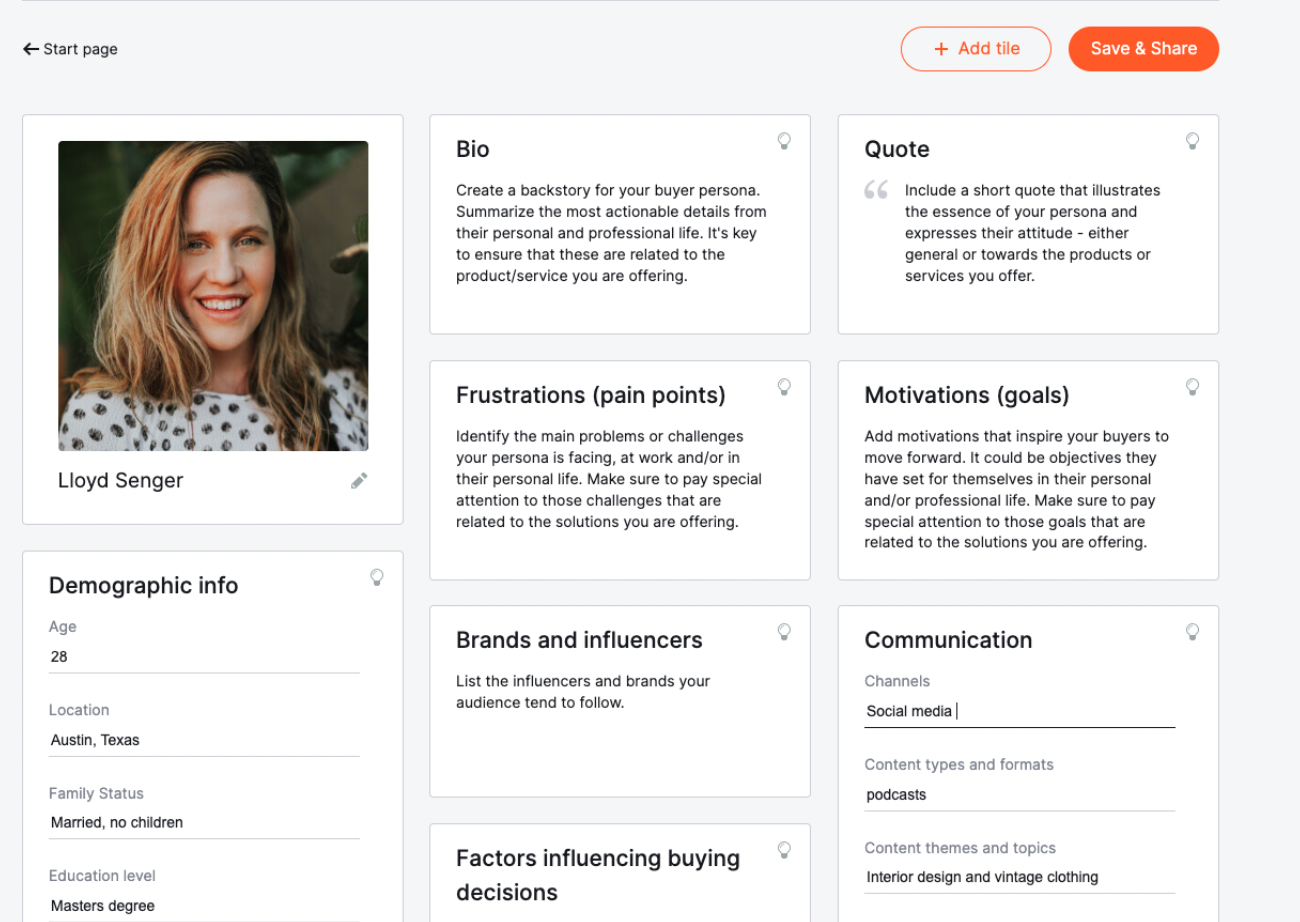
Step 2: Defining Your Unique Value Proposition
When it comes to deriving value from B2B SaaS products, customers aren’t just buying a tool; they’re buying into a solution. They are looking for products that solve their problems in the most direct, efficient, cost-effective way possible.
Crafting a clear, potent unique value proposition can differentiate your offering from the competition, making it more appealing to potential customers. Your unique value proposition asserts the singularity of your product and spells out why it is the perfect solution to your customer’s challenges.
Defining your unique value proposition is an exercise in introspection for your business. It involves looking inward to identify your strengths, and then expressing these in a way that resonates with your customers.
Step 3: Developing a Pricing Strategy
“saas pricing strategy” is a phrase that can make even the most seasoned business leaders break into a cold sweat. But without a solid pricing strategy, even the most innovative SaaS products can struggle to make a mark in the competitive landscape.
Pinning down a pricing strategy involves several factors: understanding your customer’s willingness to pay, analyzing the competition, evaluating your costs, and so on. Perhaps the most crucial factor, however, is aligning your pricing strategy with the value your product delivers. Remember, your pricing is not just a number, it’s a direct representation of the value your product offers to its users.
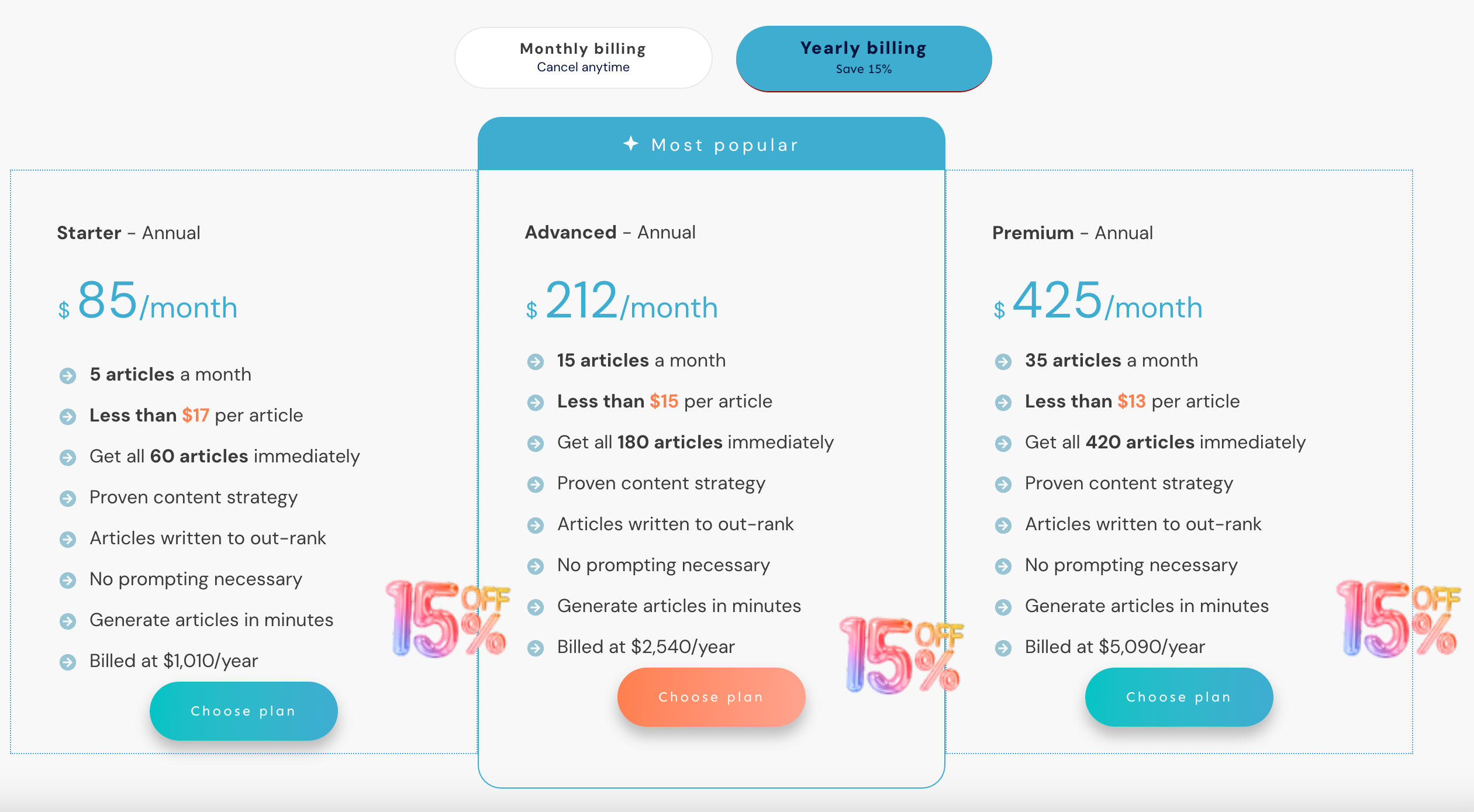
Step 4: Building a Sales and Marketing Plan
Promising products alone don’t guarantee success in the SaaS industry. Convincing others of the value in your product is where sales and marketing come into play. A well-planned sales and marketing strategy can elevate your brand, broaden your customer reach, and drive revenue growth.
From establishing a solid online presence with an easy-to-navigate website and clear messaging, to grander initiatives like trade shows and partnerships, a well-rounded sales and marketing plan will cover all bases. Consistency and coherence across all sales and marketing channels ensure your brand message is heard loud and clear.
Step 5: Implementing and Evaluating the GTM Strategy
All the knowledge and planning will be for naught without timely and effective implementation. An actionable go-to-market strategy breaks down your grand vision into manageable tasks.
Of course, no plan is perfect. As you implement your GTM strategy, there will be a need for adjustments and modifications. Therefore, evaluating your plans regularly is critical to maintain alignment with your business objectives.
Keep a keen eye on performance indicators and be ready to change tack swiftly when needed. Remember, agility and adaptability are key in the ever-evolving SaaS market.

SaaS GTM Strategy Examples: Learning from the Best
TL;DR:
- Understand how successful B2B SaaS companies execute their GTM strategies through real case studies.
- Discover effective methods to apply these strategies to your own business.
- Gain insights into innovative GTM strategies that can give your business a competitive edge.
Case Study 1: How Customerly Succeeded with Their GTM Strategy
Customerly, a dominant player in the B2B SaaS market, has successfully utilised a unique go-to-market strategy. Arguably, one of the vital components to their success was their data-driven approach. Every decision, strategy, and initiative was backed by numbers, analysis, and substantial evidence. They believed in the power of data to guide them to their intended market.
They followed the S.M.A.R.T goal setting strategy:
- Specific
- Measurable
- Attainable
- Relevant
- Timely
By meticulously minding the data, they were able to figure out where their customers are, what they need, and how best to reach them.
Implementing an extensive CRM system, they managed to streamline their sales process, making it more efficient and effective. Customerly’s success story is a shining example of the significant impact that a data-driven GTM strategy can bring.
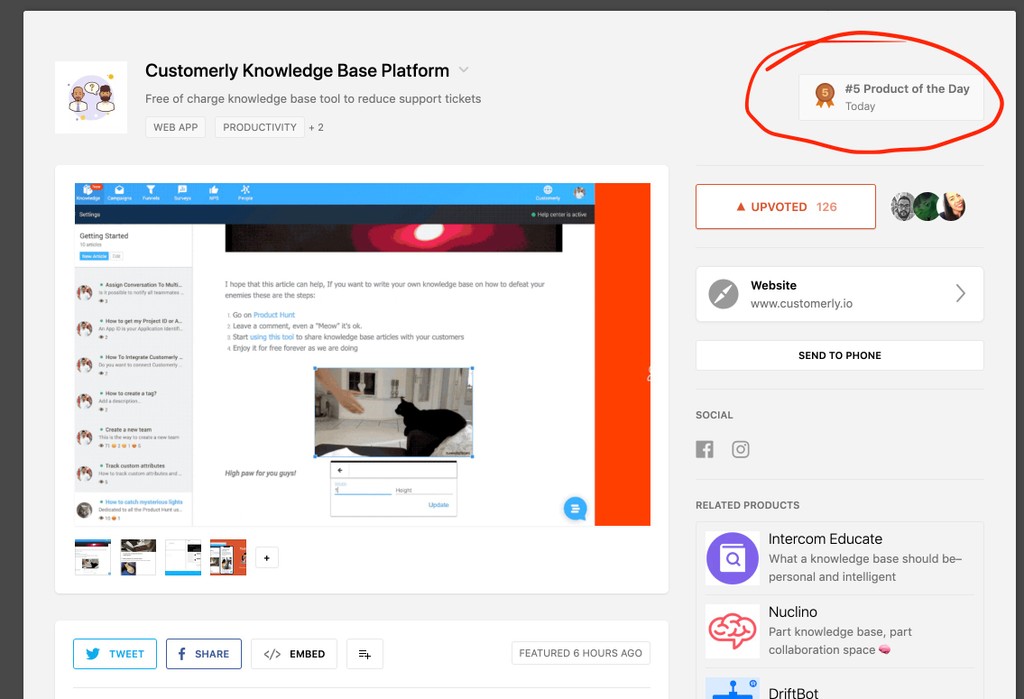
Case Study 2: Lessons from Slack’s GTM Strategy
Slack implemented a GTM strategy that’s completely different from the traditional way. Instead of focusing solely on product development and delivery, they paid equal – if not more – emphasis on establishing and maintaining customer relationships.
They knew they already had a fantastic product, so they launched their GTM strategy without a marketing team and instead, focused on the user experience.
They redesigned their whole customer journey, making it user-friendly and customer-centric. From an initial lead to finally becoming a loyal customer, every step was planned and executed with meticulous attention to detail. Their unique approach has resulted in higher user engagement, better customer satisfaction, and ultimately, increased revenues.
B2B SaaS Market Segmentation: A Key to GTM Success
- Market segmentation is pivotal in forming an effective GTM strategy.
- Segment your market intelligently to optimize results.
- Learn from successful industry examples.
The Imperative Nature of Market Segmentation in GTM Strategy
Market segmentation influences every aspect of your GTM strategy. It’s not just about creating personas; it’s about understanding your audience in each segment, their unique challenges, needs, and how your product can provide solutions.
It’s important to note that your product shouldn’t be a one-size-fits-all solution. It’s about tailoring your product, messaging, and approach to fit each segment. This personalized approach can help capture market share efficiently and dominate your niche.
Looking at successful SaaS companies, you’ll notice they focus heavily on segmentation. They understand the type of customers they serve and mold their GTM strategy to align with their needs.
Take one of our case studies, Slack, for example, which identifies three main markets: small teams, medium-sized businesses, and large enterprises. They offer unique features, tailor their messaging, and prioritize customer success differently for each segment.

Cracking the Code to Segmenting Your Market for Optimal Results
Effective market segmentation is more of an art than science. The key lies in identifying multiple segment dimensions – ranging from demographic factors such as company size and industry, to behavioural aspects like how the customer uses your product. Weigh each factor wisely, keep refining your segments as you learn more, and align your product, sales, marketing, and customer success teams around the segments.
Remember, market segmentation isn’t a one-time exercise. As the market conditions, customer preferences, and your product evolve, so should your segments.
A Case Study in Successful Market Segmentation in The SaaS Industry
Dropbox is a prime example of successful market segmentation. Initially, they started with a B2C focus, catering primarily to individual users who wanted a simple way to share and store files.
However, they soon realized a large group of their users were businesses. By segmenting into B2C and B2B markets, they tailored their offerings differently for each market. The individual users received basic features at a low cost, while businesses, which valued advanced features and dedicated support, were offered a more expensive premium version. This successful segmentation allowed Dropbox to scale effectively and become a leader in the B2B SaaS market.
Effective segmentation, as Dropbox has shown, is paramount. It helps define your GTM strategy, informs prioritization, resource allocation and significantly impacts your business’s success.
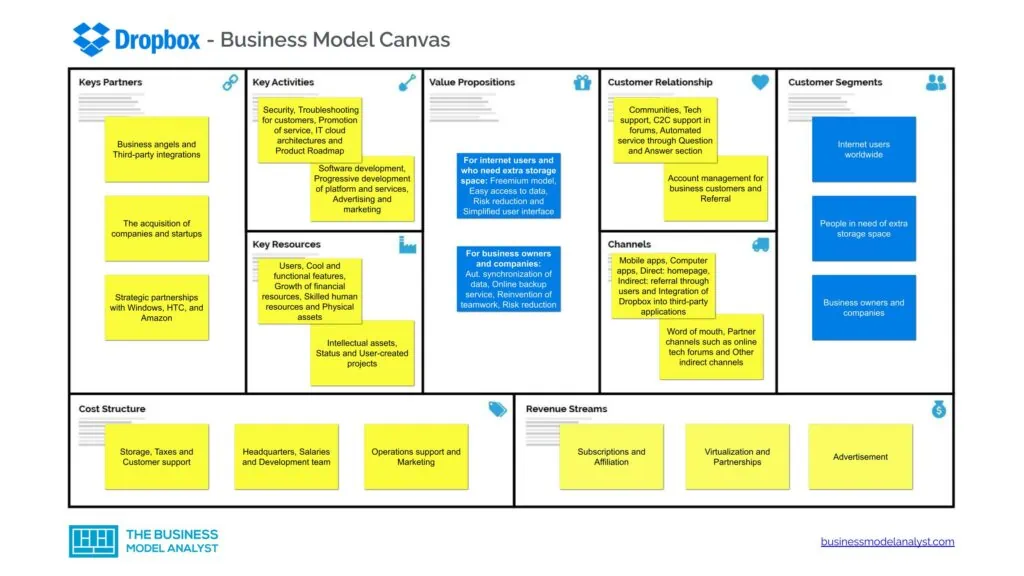
12 B2B Saas GTM Strategies That Will Set Your Business Up for Success
Consider our Top 12 B2B Saas GTM strategies you can try out for size. At Penfriend, we used a combination of all of these at one point or another in our GTM roadmap.
- Identify Your Ideal Customer Profile (ICP): Understand who your target customers are, including their industry, size, and pain points. This will help tailor your marketing and sales efforts more effectively.
- Develop a Clear Value Proposition: Clearly articulate what makes your product unique and how it solves your customers’ specific problems.
- Content Marketing and SEO: Create and distribute valuable, relevant, and consistent content to attract and retain a clearly defined audience, driving profitable customer action.
- Account-Based Marketing (ABM): Focus on targeting high-value accounts rather than individual leads. Personalize your marketing and sales efforts to the specific needs and characteristics of each account.
- Customer Success Stories and Testimonials: Use real-life examples to show potential customers how your product has helped others achieve their goals.
- Freemium or Free Trial Models: Offer new users a free trial or a limited version of your product to lower the entry barrier and allow them to experience its value firsthand.
- Referral Programs: Encourage current customers to refer new clients by offering incentives, enhancing organic growth.
- Sales Enablement: Provide your sales team with the resources they need to close more deals, such as case studies, product demos, and a clear understanding of the customer journey.
- Partnerships and Integrations: Collaborate with other businesses that offer complementary services or products. This can extend your product’s capabilities and reach.
- Product-Led Growth: Use your product as the main driver of customer acquisition, conversion, and expansion. Ensure your product has built-in viral features to encourage user growth.
- Pricing and Packaging: Develop a pricing strategy that aligns with your customers’ perceived value of your product and their willingness to pay. Consider multiple pricing tiers to cater to different segments of your market.
- Regular Analysis and Adaptation: Continuously measure the effectiveness of your GTM strategies and be ready to adapt based on market feedback and changes.
Each strategy should be adapted to fit your specific business context and goals. Integrating these strategies cohesively into your GTM plan can help set your B2B SaaS business up for success.
Implementing Your SaaS GTM Strategy: Best Practices and Pitfalls to Avoid
- Harnessing effective execution methods in SaaS GTM strategies.
- Navigating common missteps during GTM strategy implementation.
- Understanding the potency of persistent refinement in strategy execution.
Best Practices for Implementing a Saas GTM Strategy
Harboring a robust sales strategy takes more than just drafting a brilliant blueprint, it demands an ardent implementation.
- Hew your SaaS product’s identity keenly: Understanding “why” customers should care about your product gives your strategy a launch pad to take off from, setting it up for success.
- Engage in strategic collaborations: Pompous solo runs may rebound in the cutthroat arena of SaaS. Collaborations, affiliations, or partnerships with businesses or influencers can significantly amplify your reach and traction.
- Ensure an efficient sales funnel: Whether it’s initial awareness or subsequent conversion, flawless navigation throughout the sales funnel is pivotal. Automated tools may be employed here to boost efficiency and precision.
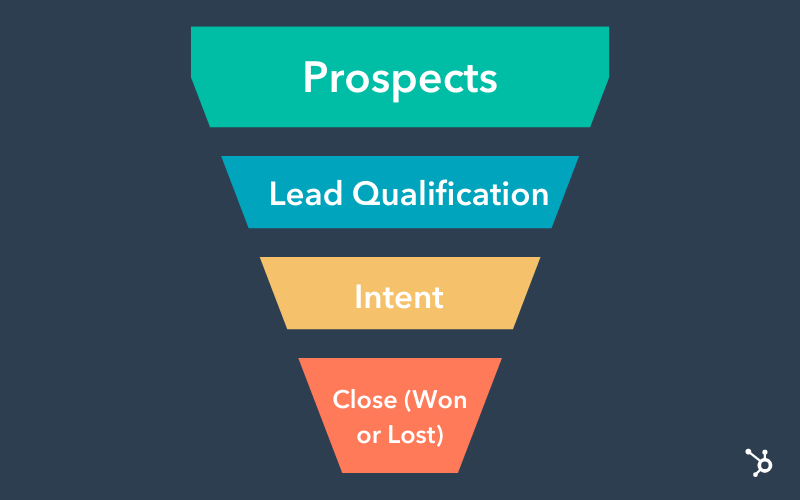
Common Pitfalls and How to Avoid Them
One regular misstep is neglecting the role of customer feedback. Nothing replaces the pristine honesty of a direct customer appraisal. This data allows for better, more customer-centric decisions giving you a competitive edge.
Another lapse lies in hastily implementing an unvalidated strategy. Just as a master chef tastes his dish before serving, a smart business tests their strategy before rolling it out at full scale. Small-scale tests or pilot programs can be utilized to affirm strategy efficacy.
The market is dynamic. A static, rigid strategy won’t cut it. Markets can pull unexpected flips and a flexible, agile GTM strategy has a higher survival chance in this tumultuous field. Always reassess and adapt.
The Role of Continuous Improvement in GTM Strategy Implementation
Unlike conventional software, SaaS is not a one-time purchase. Its success lives and breathes on retentions not just acquisitions. Continuous improvement then inevitably becomes a bedrock of a thriving SaaS business. Weekly review meetings could be an option to consider. These meetings can highlight customer complaints, pinpointing gaps in the strategy.
Infuse data-driven decisions in the improvement process, not hunches. Reason and data should guide reforms, not gut feelings. Powerful analytics tools are available today that can grant valuable insights for this purpose.
Also, remember that improvement is not a destination but a journey. There’s always another level to aspire to in the glory game of SaaS.
Making Your Mark with Saas GTM Strategies
From targeted audience research, value-based selling, to leveraging partnerships and data-driven optimizations- the importance of a structured go-to-market strategy for your SaaS business is crystal clear.
You now possess the tools to create a robust venture that will not only survive but thrive in this competitive market space. Your strategy designed with customer success in mind speaks volumes about the strength and credibility of your B2B SaaS solution.
Now is the time to take action. Implement what you’ve learned, keep track of your progress, tweak your approach as required. Remember, consistency is key to long-term success.
One final thought-how will you measure the effectiveness of your chosen strategies? The key lies in setting the right metrics.
It’s a wrap. You’re all set. Go forth and conquer the Saas landscape!
Glossary of Key Terms for GTM Strategies
B2B
Business-to-Business (B2B) refers to transactions or interactions between two businesses, as opposed to a business interacting directly with the consumer.
Saas
Software as a Service (SaaS) is a software distribution model where applications are hosted by a service provider and made available to customers over the internet.
GTM Strategy
A Go-to-Market (GTM) Strategy is a plan detailing how a company will launch a product and reach its target market, encompassing sales, marketing, distribution, and customer service tactics.
Market Segmentation
Market Segmentation is the process of dividing a target market into smaller, more defined categories based on various characteristics like demographics, needs, priorities, and common interests.
Value Proposition
A Value Proposition is a statement that outlines the unique benefits and value that a company promises to deliver to its customers if they choose to buy their product or service.
Frequently Asked Questions
What is a B2B Saas GTM Strategy?
A B2B SaaS GTM Strategy is a specific plan of action designed for businesses offering Software as a Service to other businesses, focusing on how to effectively reach and sell to their target business market.
Why is a GTM strategy important for Saas companies?
A GTM strategy is crucial for SaaS companies as it helps them to effectively introduce their products to the market, target the right audience, differentiate from competitors, and ultimately drive sales and growth.
How can I implement a successful GTM strategy for my Saas business?
To implement a successful GTM strategy for a SaaS business, focus on understanding your target market, defining a clear value proposition, developing a pricing strategy, building a comprehensive sales and marketing plan, and continuously evaluating and adapting your strategy.
What are some examples of successful SaaS GTM strategies?
Examples of successful SaaS GTM strategies include Dropbox’s market segmentation approach, Slack’s focus on user experience, and Zoom’s emphasis on reliability and ease of use, which helped these companies achieve significant market penetration and customer loyalty.
How does market segmentation fit into a Saas GTM strategy?
Market segmentation is a critical component of a Saas GTM strategy. It involves dividing the potential customer base into distinct groups with similar needs and characteristics, allowing for more tailored and effective marketing and sales efforts, and ultimately leading to better customer satisfaction and loyalty.

